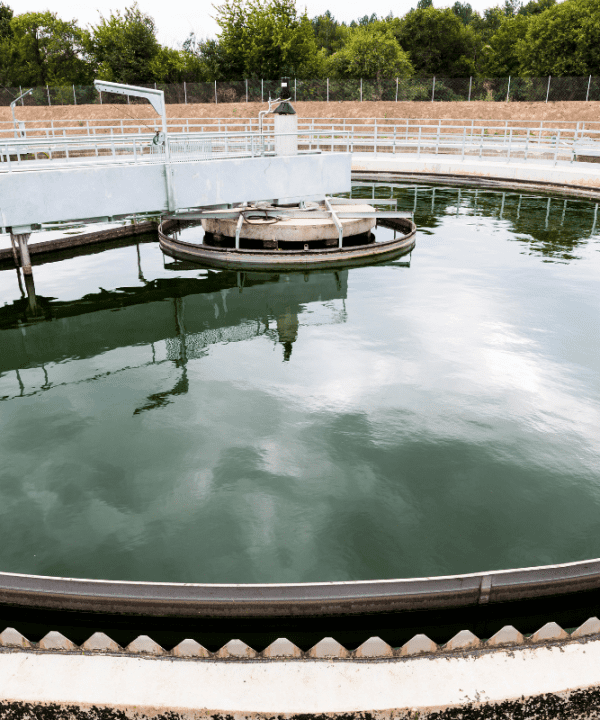
PROJECT DETAILS
- Project No 4992
- Project Name Climate smart biological wastewater treatment processes
- Lead Organisation Water Corporation
- Research Lead University of Queensland
- Main Researcher Elliot Lee
- Completion Year 2027
Project Description
Australian water utilities are striving to reduce greenhouse gas (GHG) emissions, with some aiming to achieve net zero emissions operation in the next decade. One of the greatest challenges is the mitigation of the scope 1 emissions (fugitive greenhouse gas emissions), namely the nitrous oxide (N²O) and methane (CH4) generated during wastewater treatment processes. Scope-2 emissions are mainly associated with energy consumption, and represent an opportunity for GHG offsets through renewable power generation and energy conservation. Before a utility could become “GHG-neutral or even -positive” (meaning that a WWTP would have more GHG credits than emissions), it is critical that an accurate accounting of Scope-1 emissions and a mitigation guidelines become available. Scope 1 emission is highly dynamic, varying substantially with time (diurnally, weekly, and seasonally) and space (locations in the treatment reactor). Quantification, understanding and mitigation of fugitive GHG, especially the N²O emissions are the key steps towards the zero-emissions operation goal in wastewater treatment systems.
Water Corporation’s wastewater treatment processes are responsible for around three-quarters of the utility’s scope 1 GHG emissions, with N²O emissions making up approximately 90%. Water Corporation is keen to develop and communicate an integrated organisational approach to pursue reductions of these emissions. In order to achieve this and look to actively reduce scope 1 emissions the utility must first better quantify the current fugitive emissions from its major Water Resource Recovery Facilities (WRRF). This project looks to provide updated GHG scope 1 emissions quantification of N²O and CH4 from major WRRFs in Western Australia. It is also currently unknown how new technology and more advanced operating modes could impact fugitive emissions from wastewater treatment. This project will also seek to determine how new technologies and advanced operating modes can be utilised to either reduced fugitive emissions or understand under what circumstances they increase.





